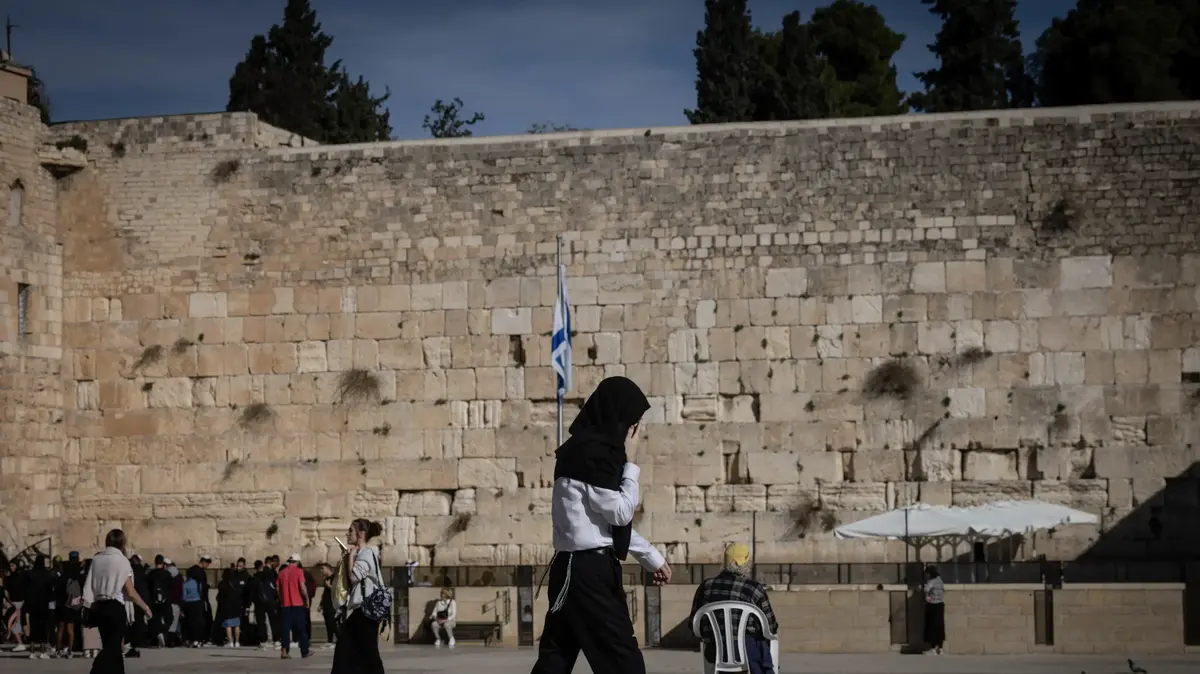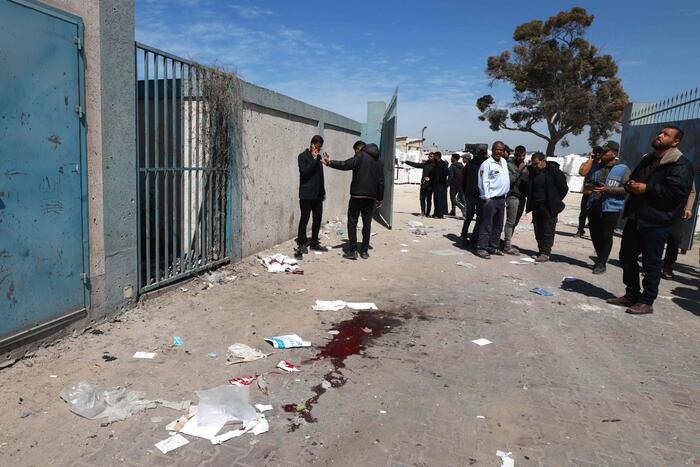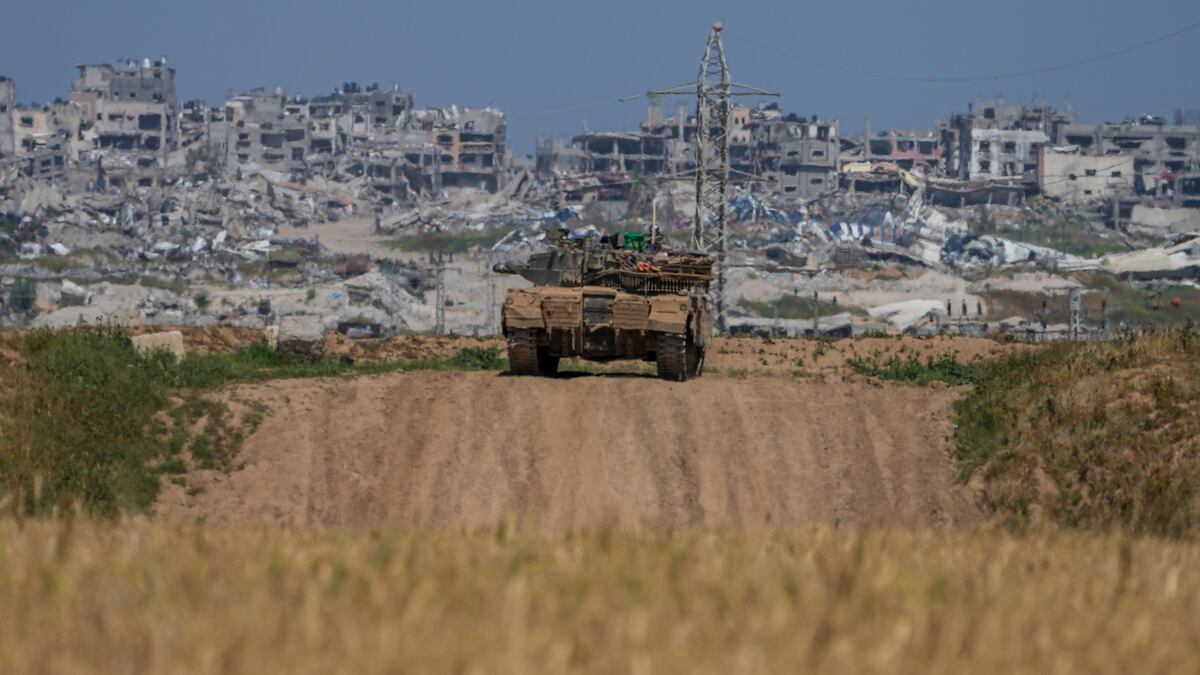Despite the closure, morbidity figures continue to climb • Our correspondent set out to check whether the traffic is free or that there is increased enforcement as promised by the police • Watch and judge for yourself
"We are imposing the closure, which applies tomorrow at two in the afternoon," Prime Minister Netanyahu announced on New Year's Eve.
He hoped, as Israeli citizens had hoped, that the second closure would lead to a reduction in the widespread morbidity of the corona across the country.
However, even before the 14 days that the morbidity is supposed to start to go down have passed, the numbers just kept going up.
Photo: Ariel Kahana
Last Tuesday, September 22, the number of new patients doubled to more than 7,000 a day, far beyond any red line.
Against this background, the Corona Cabinet convened again with the intention of further tightening the second closure.
"This morning we made the hard and right decision in the government by a large majority, I must say left and right. The decision is on a general closure from tomorrow afternoon until the evening of Simchat Torah," Netanyahu announced on Thursday less than a week ago.
He added that although these are difficult steps, their purpose is to save lives.
But is the closure really that strict, and is there a closure at all?
Last night (Monday), the evening of Yom Kippur, I traveled undisturbed from Gedera to Tel Aviv and from there to my place of residence in Geva Binyamin (Adam).
There were no roadblocks at the exit from Gedera or at the entrance to Tel Aviv.
The road was completely free, with no polls and no inspection.
The traffic on the roads may not have been congested or congested, but it was certainly full.
Nothing betrayed that we were in quarantine.
To check whether the free movement was accidental yesterday or whether the closure was not really enforced even today, I went out this (Tuesday) afternoon and took to the streets of Jerusalem to examine the situation.
I drove from the Pisgat Ze'ev neighborhood in the north of the city to the pedestrian mall in the center and from there to the Talpiot trade and shopping area.
Similar images were repeated on all sites.
Indeed, the traffic is significantly thinner than ever.
Many shops are closed and the congestion on the roads is far from reminiscent of weekdays, certainly when it comes to a holiday eve.
It is also important to note that even today I was not checked at any stage by the police.
On the roads there were indeed police checkpoints, but in practice they let the traffic flow without any interruption.
No one asked the passengers where they were going, or why they left their homes and they did it according to the rules.
So by no means is this a closure.
People travel and come back, buy what they can or sometimes, especially young people, walk the streets.
The situation can be described as thinning or reducing traffic, but in no way is it about shutting down traffic and business in the city.
Is that how we go down from 8,000 patients a day to 800 or 80?
Very big doubt.
Judge for yourselves.

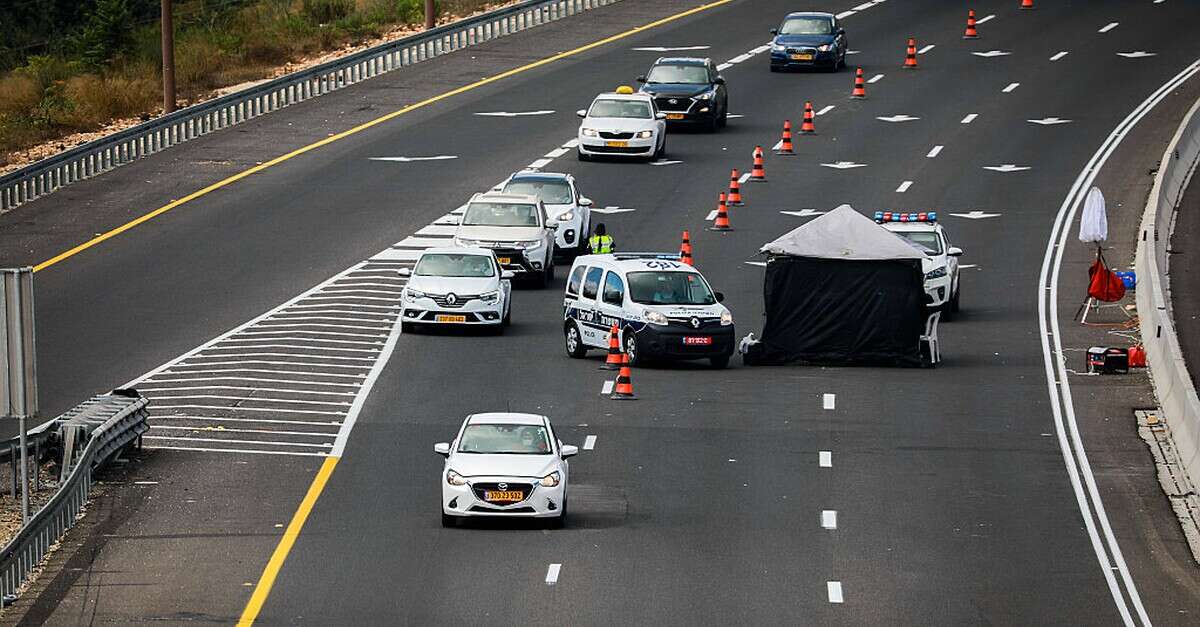

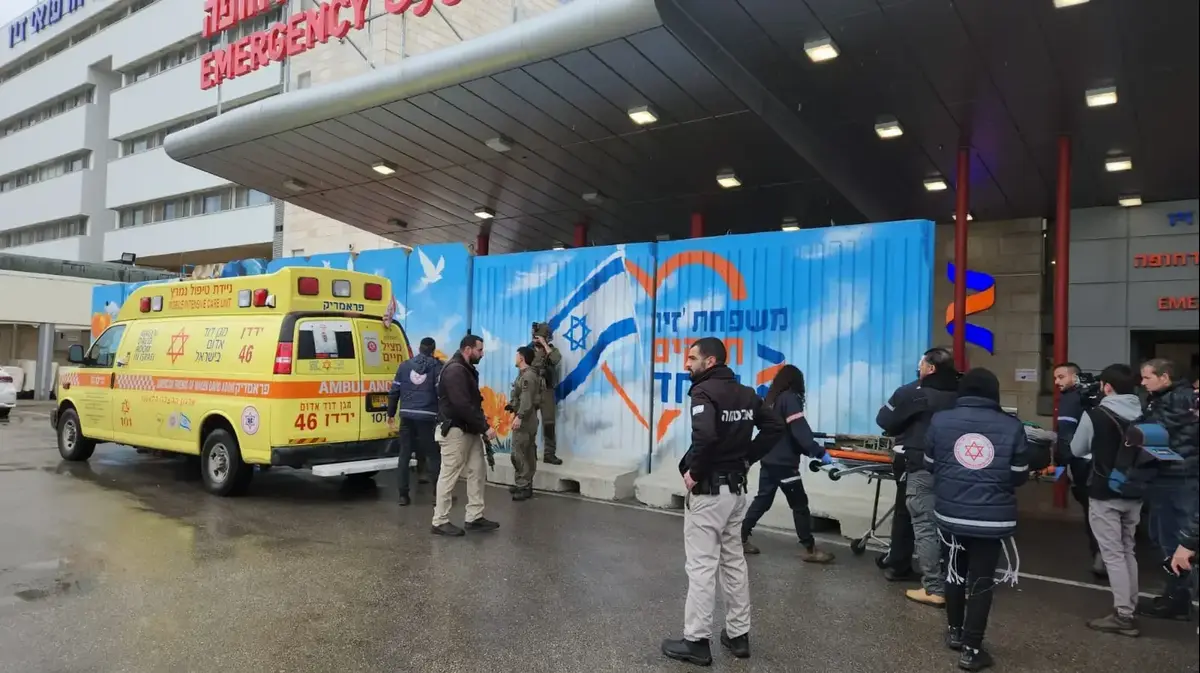
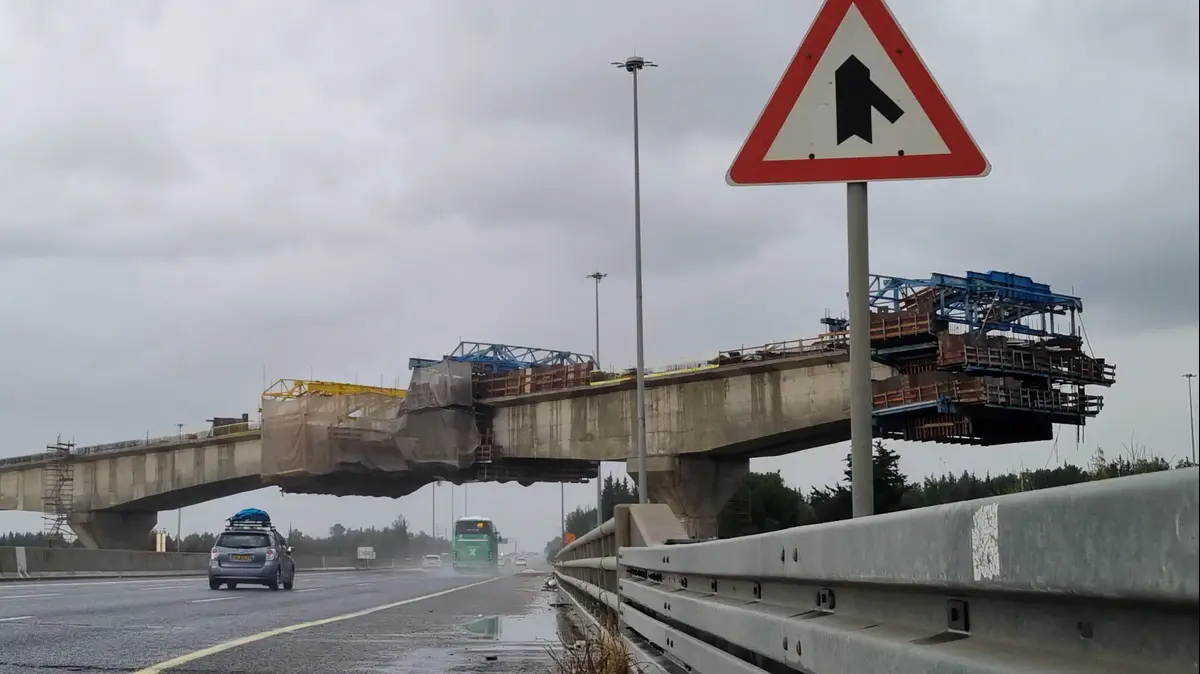

/cloudfront-eu-central-1.images.arcpublishing.com/prisa/7342TRC63KUY2C2BJRV5Z5CBEA.jpg)
